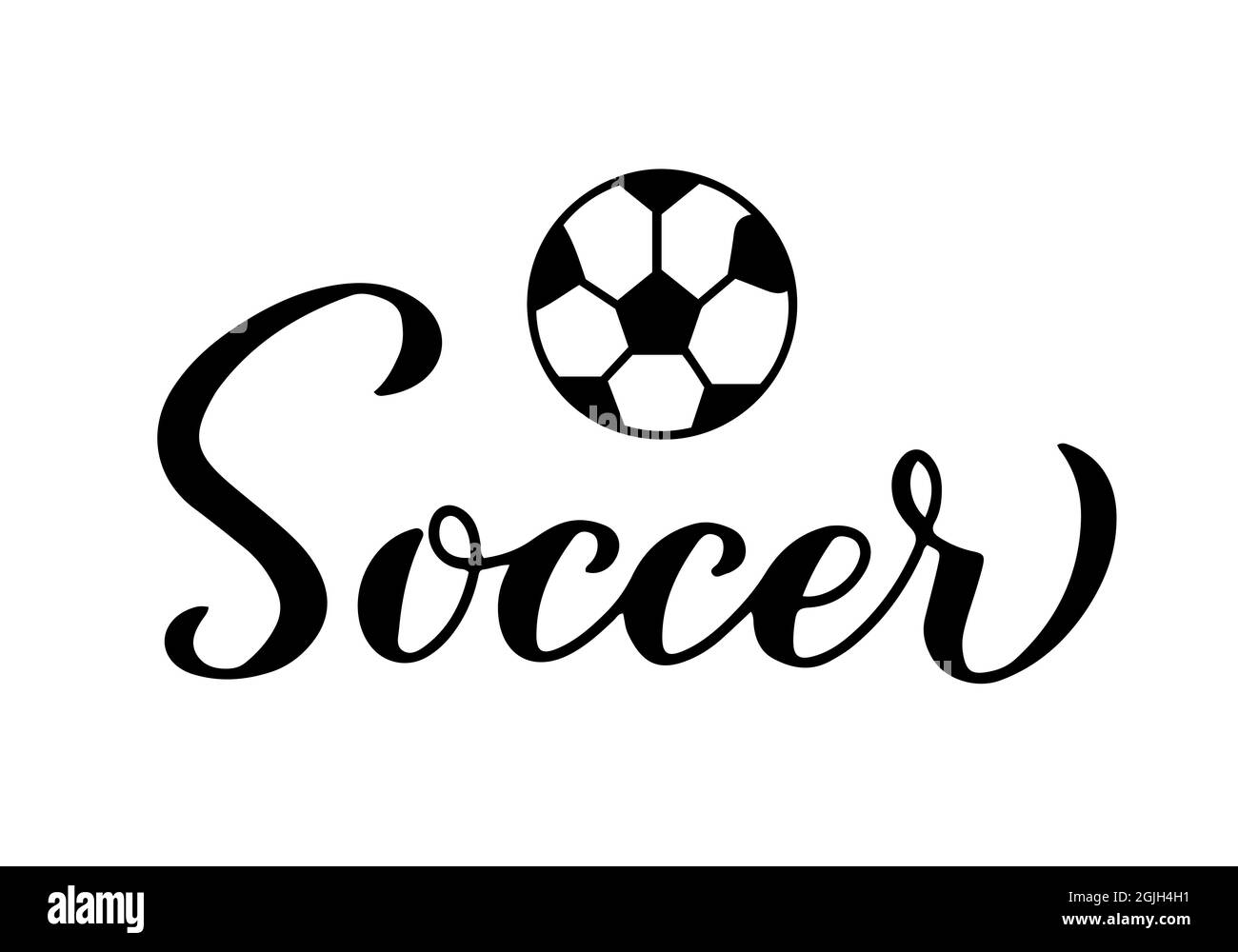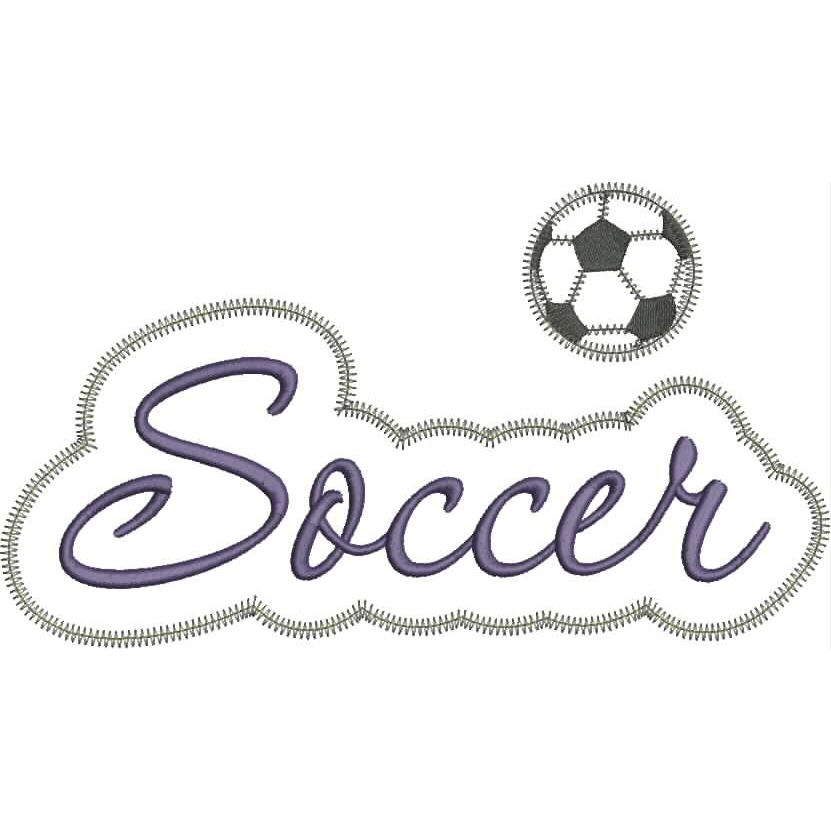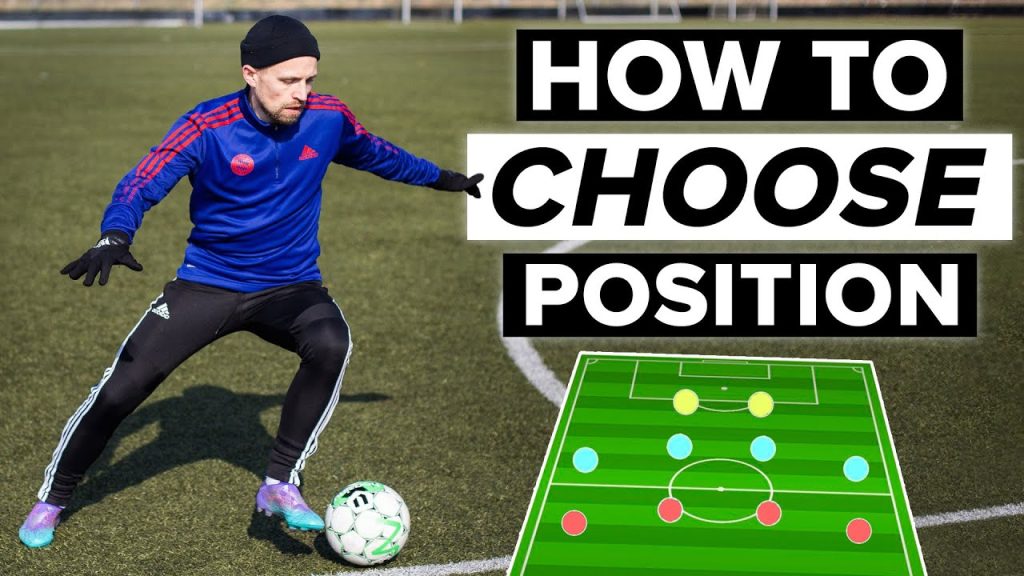Curious about how to write “soccer” in cursive? It’s easier than you think.
Learning cursive writing can be fun and useful. It helps you write faster and adds a personal touch to your handwriting. Whether you’re a student, a teacher, or just someone looking to improve your writing skills, knowing how to write words in cursive is valuable.
This blog post will guide you step-by-step on how to write “soccer” in cursive. By the end, you’ll be able to write it smoothly and confidently. Let’s get started!
Introduction To Cursive Writing
Cursive writing holds a unique charm and elegance. It connects letters in a flowing manner. This style of writing is often seen in historical documents and formal invitations. Many find it beautiful and nostalgic. Learning cursive can be both fun and rewarding. It can also improve your handwriting skills.
Benefits Of Learning Cursive
Learning cursive writing has several benefits. It strengthens fine motor skills. It helps in developing hand-eye coordination. Writing in cursive can also improve reading skills. The flowing letters make it easier to read and understand text. Cursive writing promotes better memory retention. This is because the brain connects the movement of writing with the information.
Tools Needed
To start learning cursive, you need some basic tools. A good pen or pencil is essential. Choose one that feels comfortable in your hand. You will also need lined paper. This helps you keep your letters even and consistent. There are special cursive writing books and worksheets available. They provide guided practice and examples. A quiet space to practice is also helpful. It allows you to focus on your writing without distractions.
Basic Cursive Strokes
Writing in cursive is an art form that adds elegance to your handwriting. Basic cursive strokes form the foundation of beautiful cursive writing. Understanding these strokes will help you create smooth and flowing letters. Let’s explore the basic strokes and practice simple curves to master cursive writing.
Understanding Basic Strokes
Basic cursive strokes include lines, loops, and curves. Each stroke is essential for forming letters. Start with simple lines. Practice drawing straight lines up and down. These lines create the backbone of many cursive letters.
Next, focus on loops. Loops are circles that connect letters. Draw small loops, keeping them even and smooth. Loops help letters flow together seamlessly.
Finally, practice curves. Curves add a graceful touch to your writing. Draw smooth, rounded curves. These curves form the basis of many cursive letters.
Practicing Simple Curves
Simple curves are the building blocks of cursive writing. Start with a basic “u” shape. Draw it slowly, ensuring it is smooth and even. Repeat this shape until it feels natural.
Next, practice the “n” shape. This shape is similar to the “u” but with a slight variation. Draw it with care, focusing on smooth transitions. Repeat until you feel confident.
Finally, combine these shapes. Create words using the “u” and “n” shapes. Practice writing simple words like “fun” and “run.” This will help you connect letters smoothly.
Forming Cursive Letters
Learning how to write in cursive can be fun and artistic. It adds elegance to your writing. Understanding how to form cursive letters is the first step. Let’s break it down into two main parts: uppercase and lowercase letters.
Uppercase Letters
Uppercase cursive letters can be tricky. They often have more loops and swirls. Here are some tips:
- Start at the top line: Most uppercase cursive letters begin at the top.
- Use smooth, flowing motions: Keep your hand relaxed. Move smoothly from one letter to the next.
- Practice common letters: Letters like A, B, and C are a good start. They have distinct shapes and are used often.
| Letter | Instructions |
|---|---|
| A | Start at the top, make a loop down, then a curve up. |
| B | Start at the top, make a loop down, then a round curve. |
| C | Start at the top, curve around to the right. |
Lowercase Letters
Lowercase cursive letters are simpler. They often connect to each other. Here are some tips:
- Start at the base line: Most lowercase letters begin at the base line.
- Keep letters close: This helps with flow and connection.
- Practice common letters: Start with a, b, and c. They are frequently used and have simple forms.
| Letter | Instructions |
|---|---|
| a | Start at the base line, make a small loop up, then a curve down. |
| b | Start at the base line, make a loop up, then a curve down. |
| c | Start at the base line, curve around to the right. |
By practicing these steps, you will improve your cursive writing. Start with uppercase letters, then move to lowercase. Soon, you will write in cursive with ease and confidence.

Credit: katelynskreativestitches.com
Connecting Letters Smoothly
Connecting letters smoothly in cursive writing can seem tricky. But with practice, you can make your writing flow beautifully. This section will guide you through the process of connecting letters, especially for the word “soccer”.
Transition Techniques
First, start with the letter ‘s’. Make sure to create a smooth, curved start. Move to the ‘o’ by extending the ‘s’ without lifting your pen. Connect ‘o’ to ‘c’ by looping the end of ‘o’. Keep your pen moving. From ‘c’, transition to the next ‘c’ with a small, upward stroke. Connect the second ‘c’ to ‘e’ by curving the stroke. Finally, link ‘e’ to ‘r’ with a gentle, upward move. Practice each transition for a flawless connection.
Common Mistakes
Many people lift their pen between letters. This breaks the flow. Another mistake is uneven pressure. Pressing too hard or too light can ruin the look. Some may rush, causing jagged connections. Take your time. Lastly, avoid inconsistent sizes. Keep each letter uniform in height and width. Practice regularly to avoid these mistakes.
Writing Soccer Terms In Cursive
Writing soccer terms in cursive can be a fun and artistic way to combine your love for soccer and handwriting. Cursive writing adds an elegant touch to your notes, posters, or even practice drills. This guide will help you write key soccer vocabulary and practice phrases in cursive.
Key Soccer Vocabulary
Start with basic soccer terms. Learning these words in cursive will help you improve your handwriting skills. Here are some essential soccer vocabulary words:
- Goal
- Kick
- Pass
- Dribble
- Coach
- Player
- Team
- Field
- Referee
Practice Words And Phrases
Practice makes perfect. Write these words and phrases in cursive to get better:
- Score a goal
- Make a pass
- Dribble the ball
- Coach the team
- Referee the game
- On the field
- Soccer practice
Use lined paper to keep your letters even. Write slowly and focus on each letter’s shape. Soon, your soccer terms in cursive will look neat and stylish.

Credit: www.alamy.com
Advanced Penmanship Techniques
Mastering cursive writing can elevate the art of soccer-themed calligraphy. For those who have a basic understanding of cursive, advanced penmanship techniques can add a professional touch. This section will delve into flourishes, embellishments, and maintaining consistency.
Flourishes And Embellishments
Adding flourishes can make your cursive writing stand out. Small loops on the ends of letters can add elegance. Try adding swirls to letters like ‘s’ and ‘r’ for a stylish look. Embellishments can include decorative lines and dots. These can enhance the overall aesthetic of your soccer-themed words. But remember, less is more. Overdoing can clutter the design.
Maintaining Consistency
Consistency is key in advanced penmanship. Keep the size of your letters uniform. Use guidelines to maintain even spacing between letters and words. Consistent slant and pressure on the pen contribute to a clean look. Practice regularly to develop muscle memory. This helps in maintaining a steady hand. Consistency in your writing will make your cursive soccer words look polished and professional.
Creating A Soccer-themed Cursive Project
Creating a soccer-themed cursive project can be a fun and educational activity. This project combines the beauty of cursive writing with the excitement of soccer. It is perfect for kids and beginners learning cursive. Follow the steps below to create your own soccer-themed cursive project.
Design Ideas
First, gather some design ideas. Think about soccer elements. Soccer balls, jerseys, goals, and players are great options. You can use these elements to decorate your project. You can also include famous soccer quotes or team names.
Consider using different colors for each element. Green for the field, black and white for the soccer ball, and so on. This will make your project more vibrant and engaging. You can also add small drawings to enhance the design.
Step-by-step Guide
Start with a clean sheet of paper. Decide on the size and shape of your project. You can choose a rectangular, circular, or even a soccer ball shape.
Next, write a title in cursive at the top. Use large, clear letters. For example, “Soccer Fun” or “Soccer Stars”. Make sure the title stands out.
Below the title, draw a soccer ball. You can use a pencil to outline it first. Once you are happy with the shape, trace over it in pen or marker.
Now, write some soccer-related words in cursive. Words like “goal”, “kick”, “team”, and “score”. Spread these words around the soccer ball. Use different sizes and styles to add variety.
Add some small drawings or doodles. Soccer nets, cleats, and whistles can be great additions. These will make your project more interesting.
Finally, color your project. Use bright colors to make it pop. Make sure the cursive writing is still easy to read. Your soccer-themed cursive project is now complete!
Tips For Daily Practice
Practicing cursive writing can be fun and rewarding, especially with a consistent routine. Daily practice ensures steady progress and builds confidence. This section offers tips to incorporate cursive soccer practice into your daily life. Let’s dive into creating a solid practice schedule, tracking your progress, and staying motivated.
Setting A Routine
Establish a specific time for cursive practice each day. Consistency is key. Early morning or before bed works well for many. Choose a quiet spot free from distractions. Keep your materials ready. A notebook, a good pen, and practice sheets. Start with simple letters. Gradually move to more complex words.
Tracking Progress
Track your progress to stay motivated. Use a journal to record daily practice. Note the letters or words you practiced. Reflect on improvements and challenges. Keep dated samples of your writing. Compare them over time. Celebrate small milestones. Acknowledge your hard work. This boosts confidence and keeps you engaged.
Resources For Further Learning
Learning to write “soccer” in cursive can be a fun and rewarding activity. It allows you to express your love for the sport in a unique way. To help you on this journey, there are many resources available. Whether you prefer books, online tutorials, or other methods, you will find something that suits your needs.
Recommended Books
Books are a great resource for learning cursive writing. They offer detailed instructions and practice sheets. Some popular choices include “Cursive Handwriting Workbook for Kids” and “The Art of Cursive Handwriting.” These books provide step-by-step guidance. They also include plenty of practice space.
Another good book is “Cursive Writing Made Easy & Fun!” It focuses on making learning enjoyable. Each book comes with different exercises. This helps you improve your cursive writing skills. You can find these books online or at your local bookstore.
Online Tutorials
If you prefer digital learning, online tutorials are a great option. Websites like YouTube offer many free videos. These videos teach you how to write in cursive. They provide visual examples and tips. Watching these videos can make learning more interactive.
Online courses are also available. Websites like Udemy and Coursera offer structured classes. These courses cover everything from basics to advanced techniques. They include video lessons, practice sheets, and quizzes. This ensures you get a comprehensive learning experience.

Credit: www.shutterstock.com
Frequently Asked Questions
What Is Soccer In Cursive?
Soccer in cursive involves writing the word “soccer” using cursive handwriting. It combines the artistic flow of cursive writing with the term “soccer. “
How To Start Writing Soccer In Cursive?
Begin by practicing cursive letters individually. Once comfortable, connect the letters to form the word “soccer” in a continuous, flowing script.
Why Practice Soccer In Cursive?
Practicing soccer in cursive enhances handwriting skills. It also adds a creative touch to writing sports-related terms, making them visually appealing.
Can Kids Learn Soccer In Cursive?
Yes, kids can easily learn to write soccer in cursive. It helps improve their handwriting and fine motor skills through fun practice.
Conclusion
Mastering cursive soccer writing adds a unique touch to your skills. Practice regularly for better results. Focus on each letter’s flow and connection. Soon, you’ll write “soccer” in cursive with ease. Enjoy the process. Share your progress with friends. They may join you in learning.
Keep improving and have fun with your new cursive talent. Happy writing!


